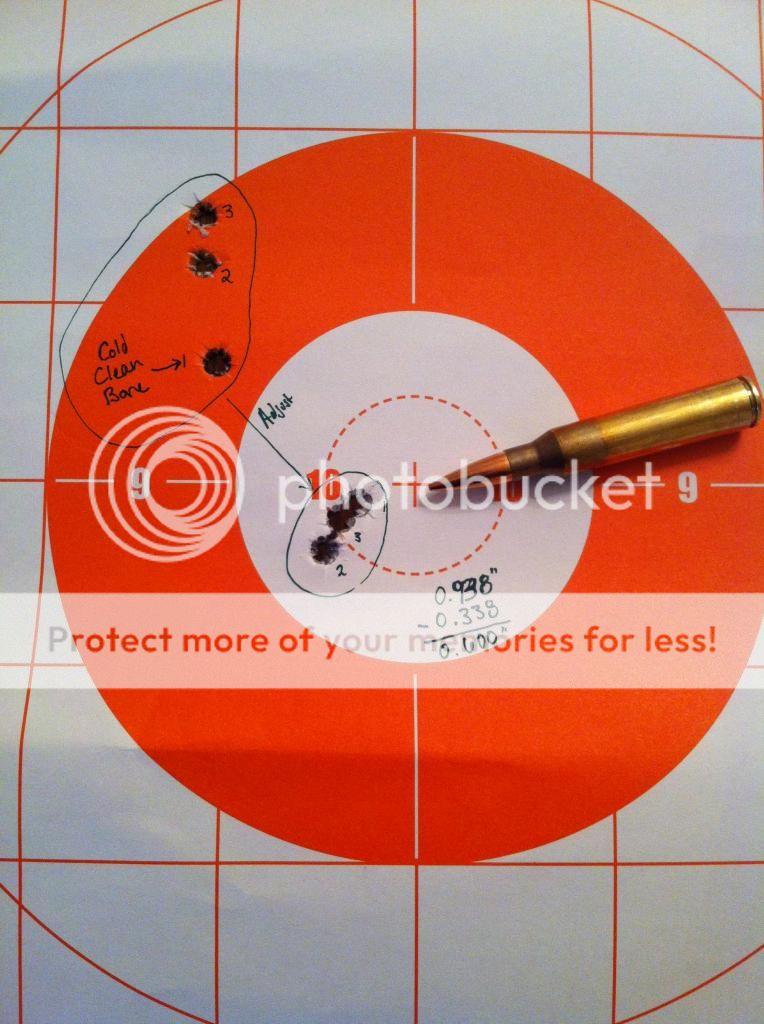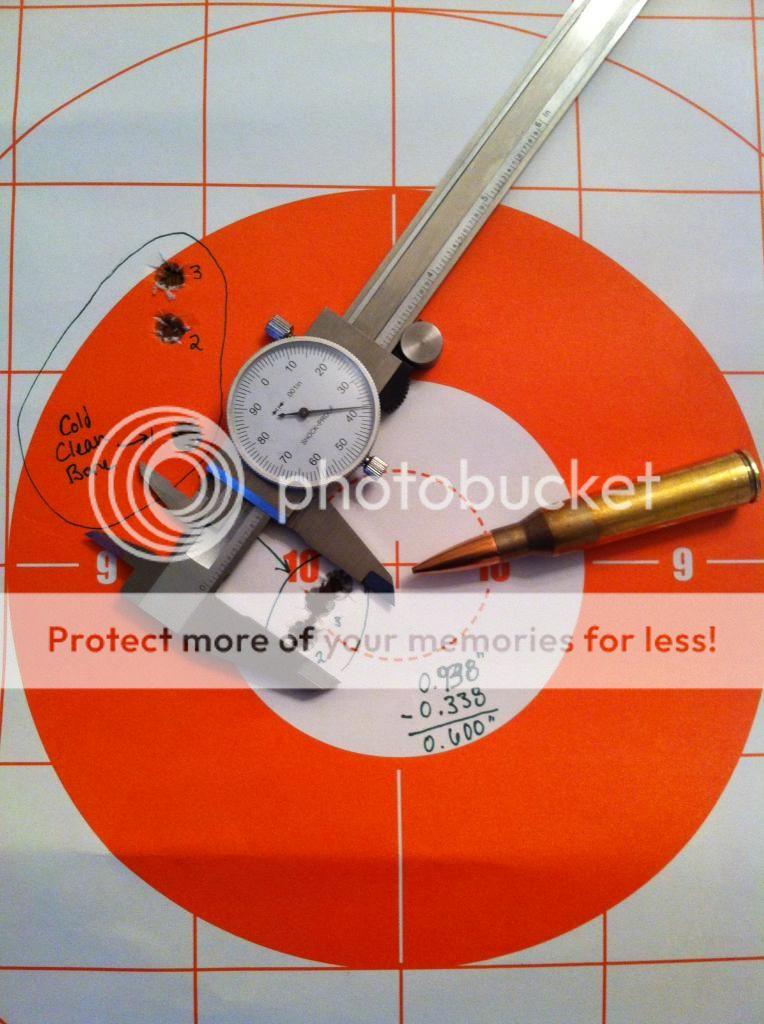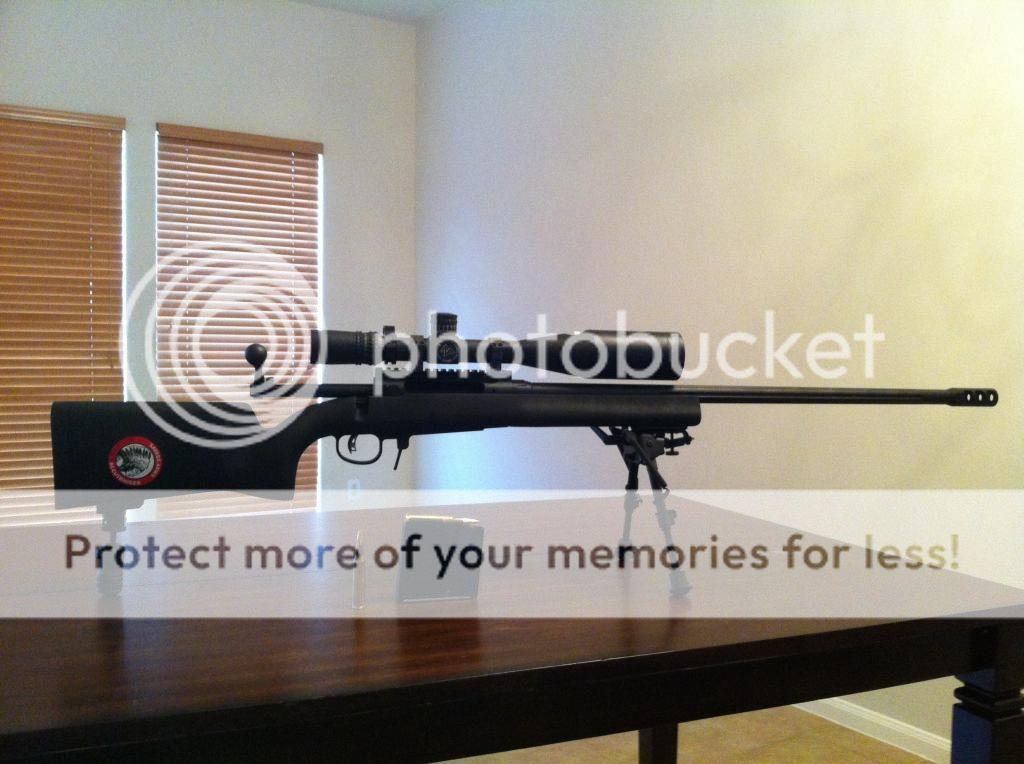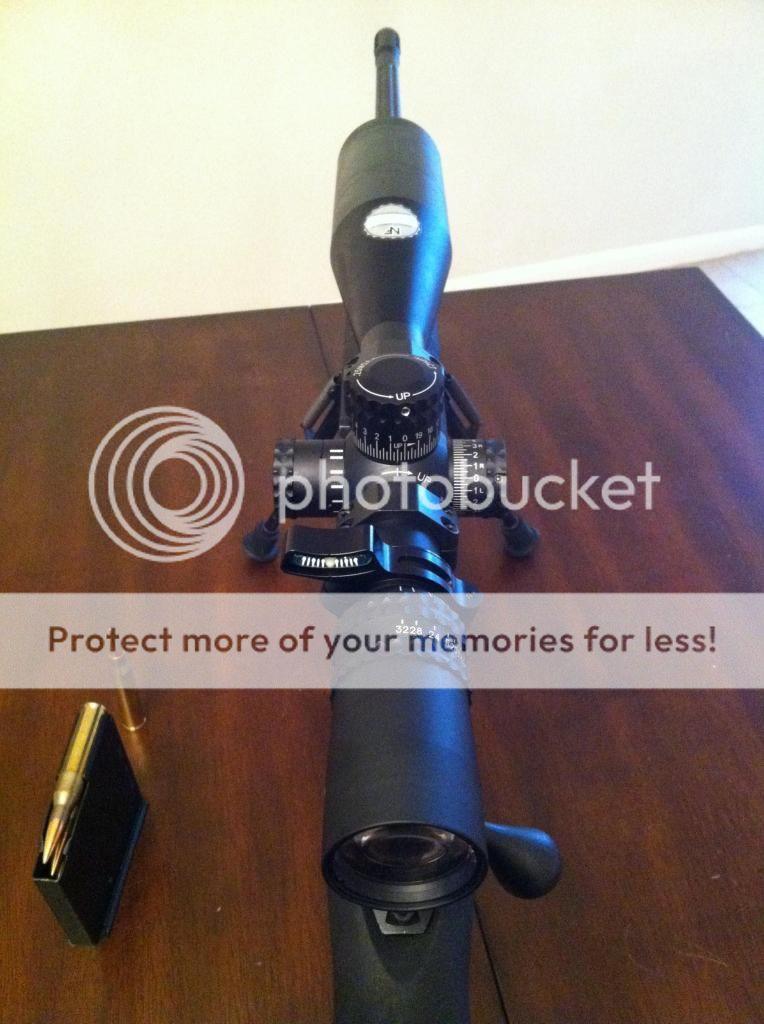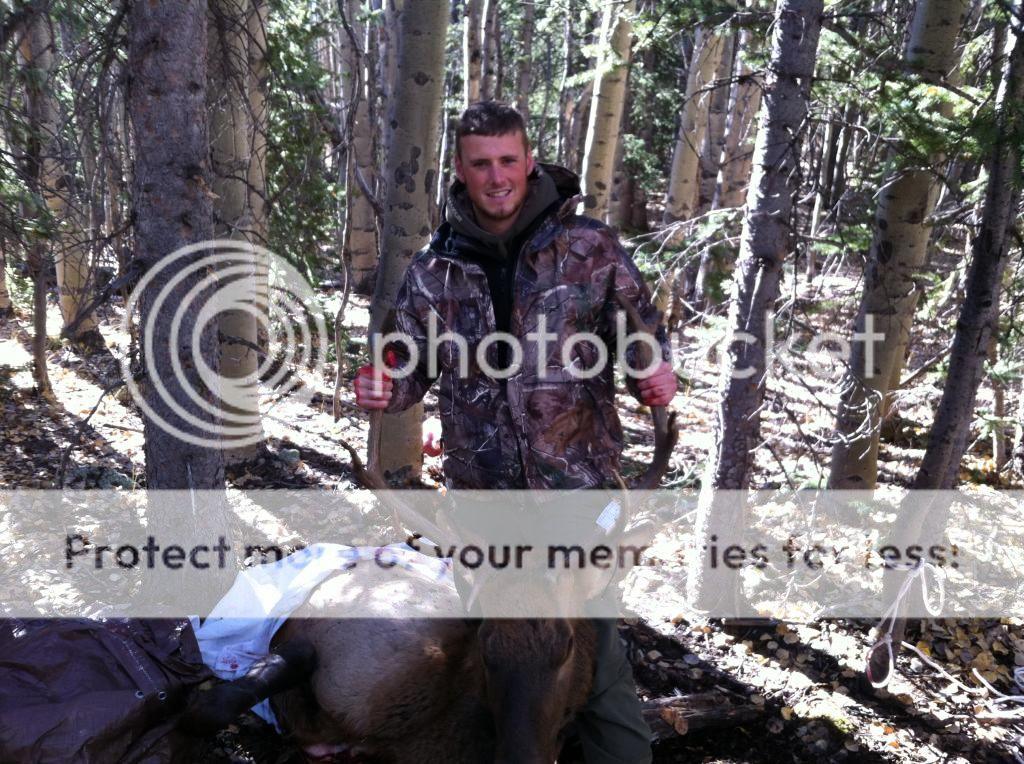Trickymissfit
Well-Known Member
obvious that you've never trued an action
Is it really that obvious
The action may start out life straight but getting that factory nut loose has bent as many actions then it has fixed! Maybe buying cheap actions off the net has found me more problem childs then starting off with new units?
At any rate I was not really bashing Savage as they outnumber all other actions in the safe 5 to 1. They are not however without thier little issues.
Savage makes several versions of the 10/110 action, and some are rather stiff and some not so stiff. The 110 being the least. The solid topped actions are very stiff, and a 110/112 with a good rail mount is also fairly stiff. I've never had an issue breaking the nut loose. Tobe exact I've never really had any problem removing most barrels unless somebody Loctited them
gary

